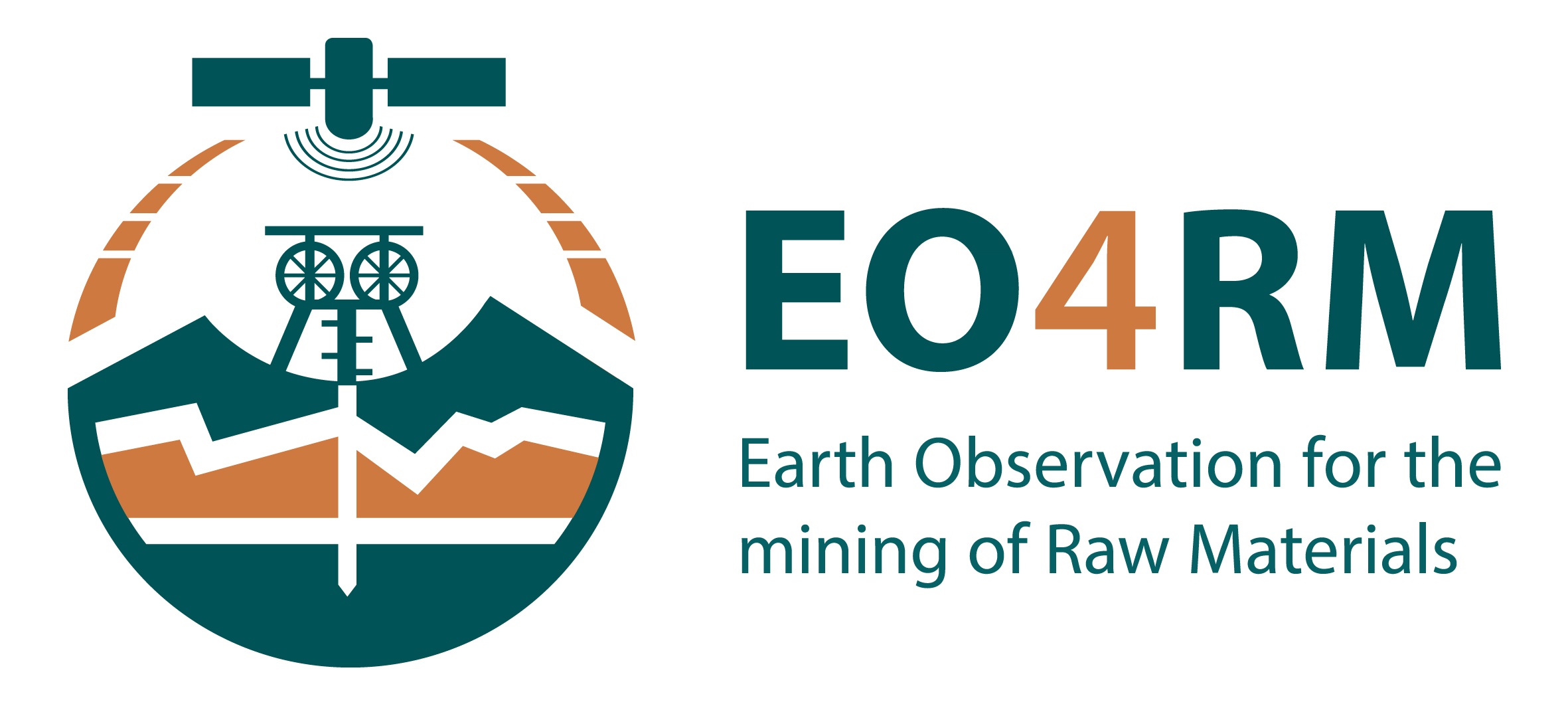Ground Water Monitoring | ||||||||
Land water storage anomalies, July 2017 (Source: NASA) | ||||||||
PRODUCT DESCRIPTION | ||||||||
Category | ||||||||
|
| |||||||
Uses | ||||||||
| ||||||||
Challenges addressed | ||||||||
| ||||||||
Geo-information needs | ||||||||
| ||||||||
Description | ||||||||
Ground water monitoring in respect of water level as well as chemistry is an important task in terms of impact assessment of the mining activities on the environment. It is quite challenging to meet these needs with remote sensing data. Remote sensing may indirectly address those issues by providing several indicators. This product provides several indicators that are addressed with gravimetry as well as interferometry techniques. Changes in the Earth’s gravitational field are detected with satellite imagery and furthermore indicate movement and changes within ground water. These changes indicate variations in water storage and further make it possible to calculate variations in volume. Interferometric Synthetic Aperture Radar (InSAR) imagery is used to detect changes in land surface and altitude. Satellite images from several points in time make it possible to observe changes. As the depletion of ground water leads to ground subsidence, the derived information indicate this. The product shows the ground water level and indicate changes and anomalies when examining time series. As groundwater levels are linked to soil moisture, in the future this might be a good indicator and an opportunity in future times. | ||||||||
Known restrictions / limitations | ||||||||
As mentioned above, monitoring of ground water level as well as chemistry is a challenging task that can only be addressed indirectly by remote sensing at the moment. NASA’s GRACE missions provide data on Earth’s gravitational field and could thus be a measure of volumetric ground water. However, resolution is not as high as desirable. The first GRACE mission (2002–2017) provided a resolution of 300 km, the follow-up mission, GRACE-FO, launched in 2018, now provides a resolution of 100 km. Resolution is better using radar satellite imagery. Depending on satellite, a resolution of 1 m is possible. | ||||||||
Lifecycle stage and demand | ||||||||
Exploration | Environmental Assessment and Permitting | Design, Construction and Operations | Mine Closure and Aftercare | |||||
■ | ■■■■ | ■■ | ||||||
Environmental Assessment & Permitting:
Design, Construction & Operations:
Mine Closure & Aftercare:
| ||||||||
Geographic coverage | ||||||||
| Globally available. | ||||||||
EARSC Thematic Domain | ||||||||
Domain | LAND | |||||||
| Sub-domain | Inland water | |||||||
| Product description | Assess ground water and run-off | |||||||
PRODUCT SPECIFICATIONS | ||||||||
Input data sources | ||||||||
| Satellite | GRACE | GRACE-FO | Sentinel 1 | TerraSAR-X | ||||
| Status | Archive | In operation | In operation | In operation | ||||
| Operator | NASA | NASA | ESA | DLR/Astrium | ||||
| Data availability | Commercial, on demand | Commercial, on demand | Public | Commercial, on demand | ||||
| Resolution (m) | 300 km | 100 km | 5 - 100 | 1 - 16 | ||||
| Coverage | Global | Global | Global | Global | ||||
| Frequency (days) | < 3 | < 5 | ||||||
| Launch year | 2002 - 2017 | 2018 | 2014 | 2007 | ||||
Website | link | link | link | link | ||||
Minimum Mapping Unit (MMU) | ||||||||
Variable, depending on source data resolution. | ||||||||
Accuracy / constraints | ||||||||
Thematic accuracy: N/A Spatial accuracy: Dependent on input pixel resolution | ||||||||
Accuracy assessment approach & quality control measures | ||||||||
N/A | ||||||||
Frequency / timeliness | ||||||||
Observation frequency: Every one or more days, depending on satellite. Timeliness of delivery: Within five (working) days of sensing. | ||||||||
Availability | ||||||||
Data from all Sentinel satellites are freely available through the open data policy of the operator ESA (Sentinel-1A since 2014, Sentinel-1B since 2016). GRACE (2002–2017) and GRACE-FO (since 2018) data can be accessed through the operator/vendor. TerraSAR-X satellite imagery is commercially available through EADS Astrium GmbH. | ||||||||
Delivery / output format | ||||||||
Data type: Raster formats File format: Geotiff Further delivery formats: Paper maps, Statistical change report | ||||||||
USE CASE | ||||||||
NASA GRACE gravity variations are used to determine ground water storage. (Source: NASA; https://gracefo.jpl.nasa.gov/science/water-storage/) Groundwater is an indicator on impacts on the environment. From gravity variations over time, anomalies in ground water storage can be calculated and show, where the ground water storage has changed. | ||||||||



This page has no comments.